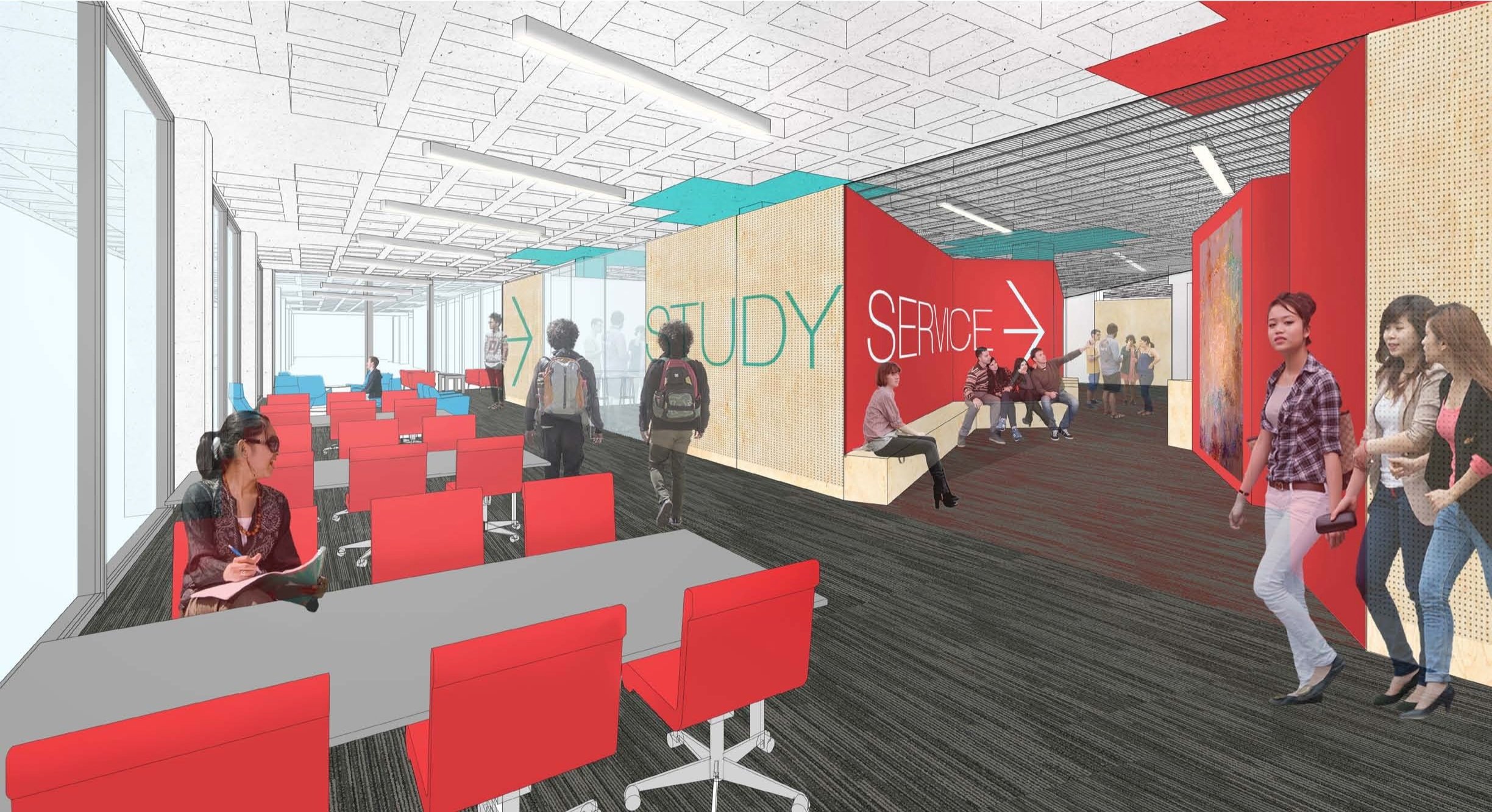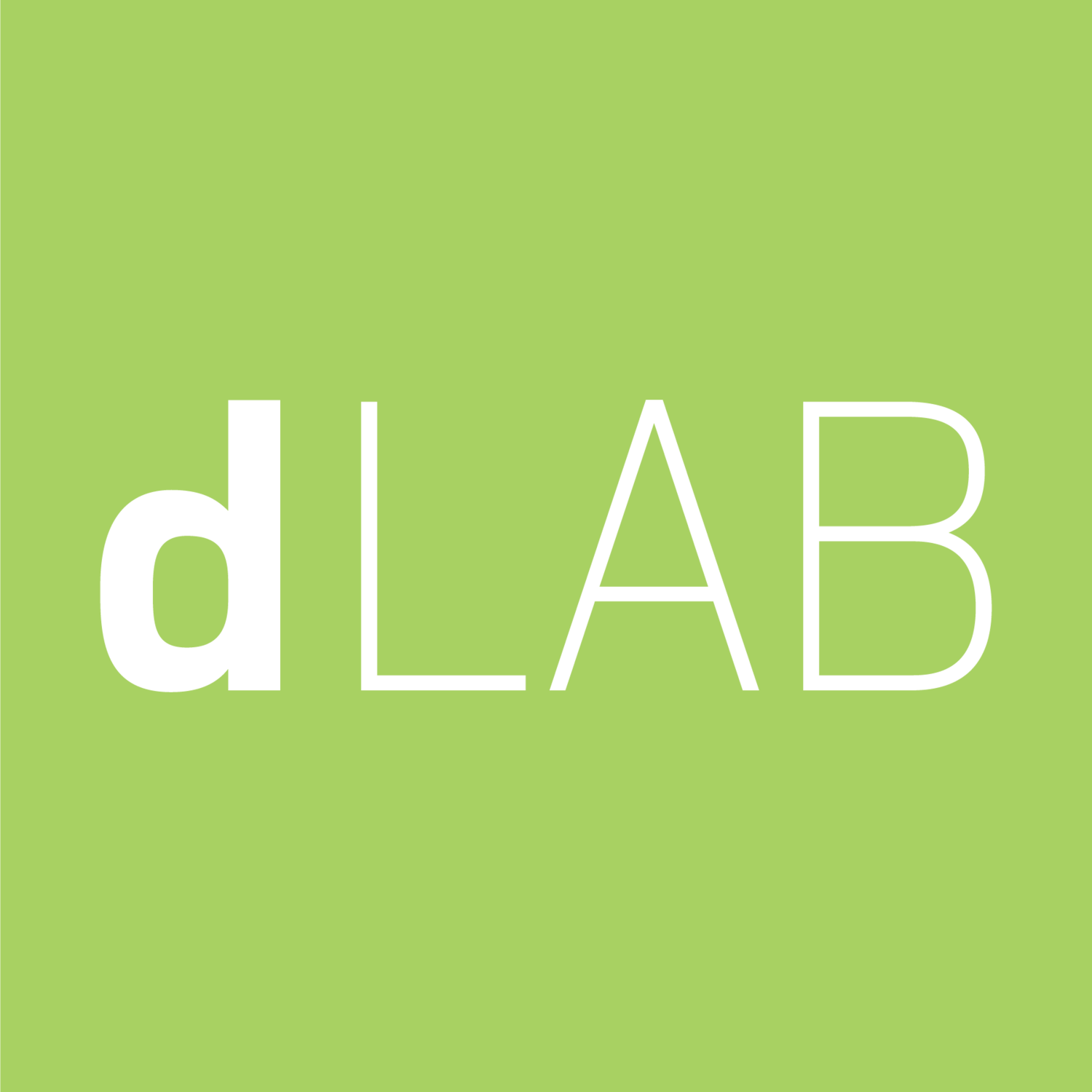
University of Connecticut
homer babbidge library study
Storrs, Connecticut
Originally constructed in 1974, the Homer T. Babbidge Library at the University of Connecticut serves as the primary student library on UConn’s campus. designLAB led a comprehensive master planning process for the entire library, in addition to a focused renovation of the primary public plaza level as the epicenter of activity within the library. The plaza level renovation reimagines what was once a cluttered, confusing maze of offices and student spaces into a new hub of activity that facilitates social and academic discourse among students, faculty and staff.
-
Type: Study & Renovation
Size: 400,000 SF
Status: Completed, 2017



existing conditions
space use analysis
To begin the design process, designLAB led user and staff interviews, precedent studies, and data analysis to determine an ideal program statement for the library’s main floors. Our research informed a conceptual design phase which test-fit various program combinations and established the project’s scope.
An entirely novel and complementary set of program pieces came to define the design proposals: a re-conceived notion of library services, which included a central desk and satellite “self-help” kiosks; a flexible events space that accommodated student study use in the daytime, and lectures / other university events in the evenings; a “salon” space which accommodated exhibitions, impromptu gatherings, and showcased key library collections; a designated quiet reading room; an expanded, dynamic maker space; a cafe; library administrative offices; and zones of open soft seating arranged strategically around these program components.
Throughout the design process, designLAB engaged users, staff, and students in a process which closely mirrors the suggested process laid out in the “Process and Engagement” section: design workshops, student open houses, all-staff meetings, and constant discussion with the core stakeholder group. This process ultimately yielded full buy-in from all of the library user groups, and broad support from library leadership.

